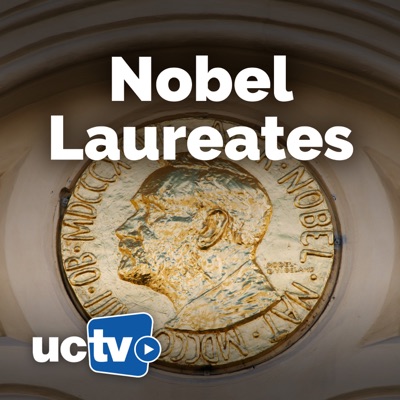The Anatomy of a Scientific Discovery: Telomeres and Telomerase - Past Present and Future
Update: 2014-06-02
Description
Telomeres were first recognized in the late 1930s as important structures on chromosome ends. In the 1970s the sequence of these structures was identified in the ciliated protozoa Tetrahymena by Elizabeth Blackburn. In the 1980s telomerase was discovered as an enzyme that elongates telomeres and compensates for natural telomere shortening. Carol Greider, Director of Molecular Biology and Genetics, Johns Hopkins University, discusses the journey from these curiosity driven discoveries to the appreciation of the role of telomeres in human disease. Series: "UC Berkeley Graduate Lectures" [Science] [Show ID: 28053]
Comments
In Channel





